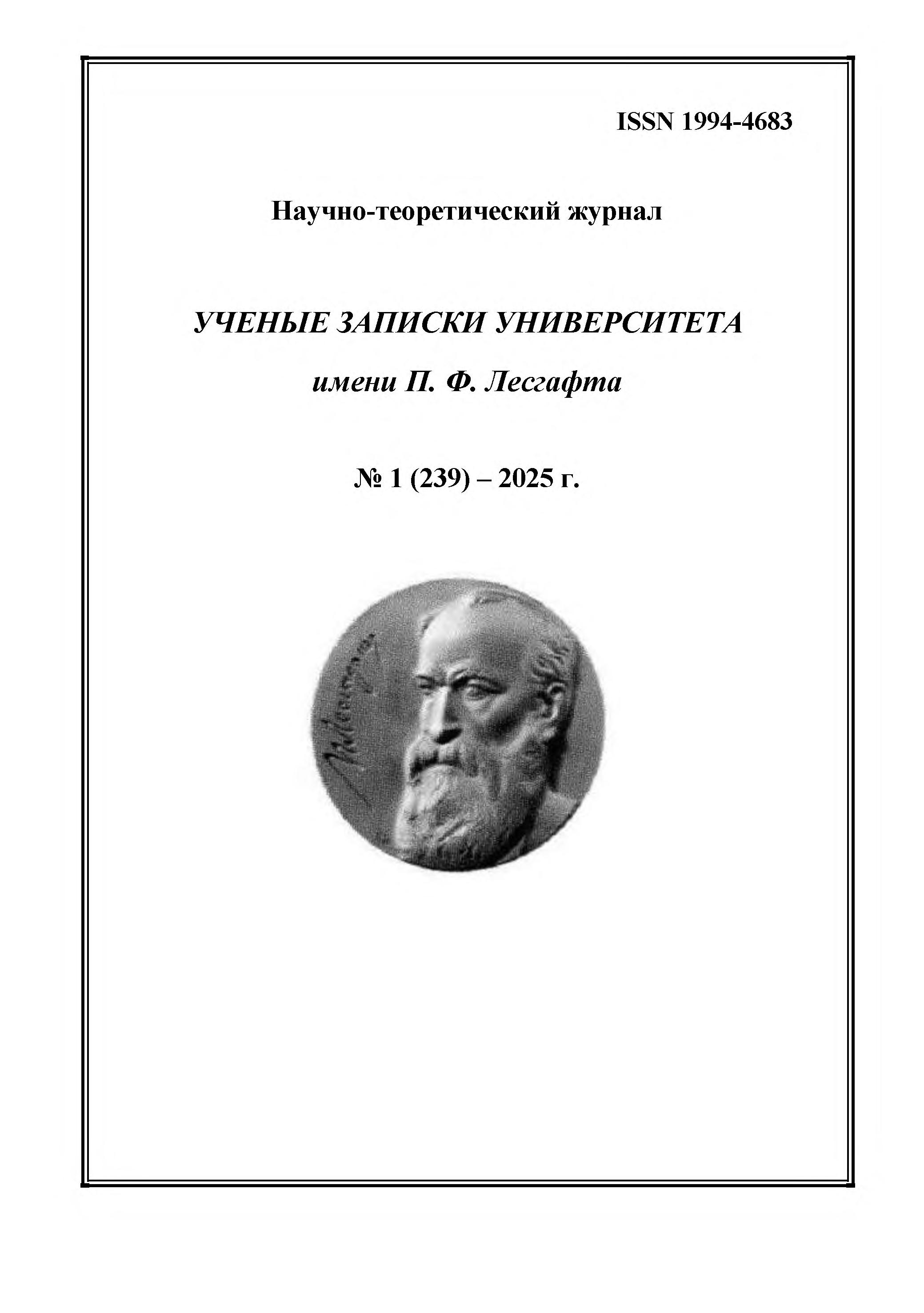Russian Federation
employee from 01.01.2010 to 01.01.2025
student from 01.01.2019 to 01.01.2025
CSCSTI 77.01
The purpose of the study is to determine the prevalence of overweight and obesity among students of the North-Western State Medical University named after I.I. Mechnikov and to develop a set of exercises for individuals with excess weight, taking into account the existing risk factors for the development of cardiovascular and musculoskeletal diseases. Research methods and organization. As part of the study, a survey was conducted among students in electronic format using the "Google Form" platform, assessing anthropometric indicators (height, weight, waist circumference), level of physical activity, presence of eating behavior disorders identified by the Dutch Eating Behavior Questionnaire, and complaints related to the musculoskeletal system at the time of the survey. An analysis of the obtained data and a review of scientific and methodological literature were carried out. The developed exercise program was tested within the educational and training process for students. Research results and conclusions. During the survey, students aged 18-25 were questioned, among whom respondents with excess weight were identified. A group of students complaining of pain in the joints of the lower extremities during physical activities was selected for the trial of an exercise program. Throughout one academic semester of exercise, none of the participants reported any complaints. According to the study results, 87% experienced a reduction in body weight. The physical activity of each student increased throughout the week due to daily walking and the execution of the exercise program, leading to a moderate increase in the physical activity ratio. Follow-up surveys indicated a gradual normalization of dietary habits among the students.
obesity, excess body weight, physical exercise, physical activity, walking
1. Boutari C., Mantzoros C. S. (2022), “A 2022 update on the epidemiology of obesity and a call to action: as its twin COVID-19 pandemic appears to be receding, the obesity and dysmetabolism pandemic continues to rage on”, Metabolism: clinical and experimental, vol. 133, pp. 15–17.
2. Dedov I. I. [et al.] (2021), “Interdisciplinary clinical practice guidelines “Management of obesity and its comorbidities”, Obesity and metabolism, vol. 18, No 1, pp. 5–99.
3. Zhang Y., Wang R., Liu T. (2024), “Exercise as a Therapeutic Strategy for Obesity: Central and Peripheral Mechanisms”, Metabolites, No 14, pp. 13–21.
4. Evelet P. B. (1995), “Physical status: the use and interpretation of anthropometry”, Report of a WHO Expert Committee, vol. 8, pp. 786–787.
5. Eliashevich S. O., Nunes Araukho D. D., Drapkina O. M. (2023), “Eating behavior: disorders and how to assess them”, Cardiovascular Therapy and Prevention, No 8, pp. 80–86.
6. Nikolaeva T. N. (2023), “Independent physical exercises for students of a special medical group for obesity”, Izhevsk, 57 p.
7. Golovach I. Y. (2017), “Metabolic phenotype of osteoarthritis: the dual role of obesity”, Injury, No 5, pp. 87–93.







